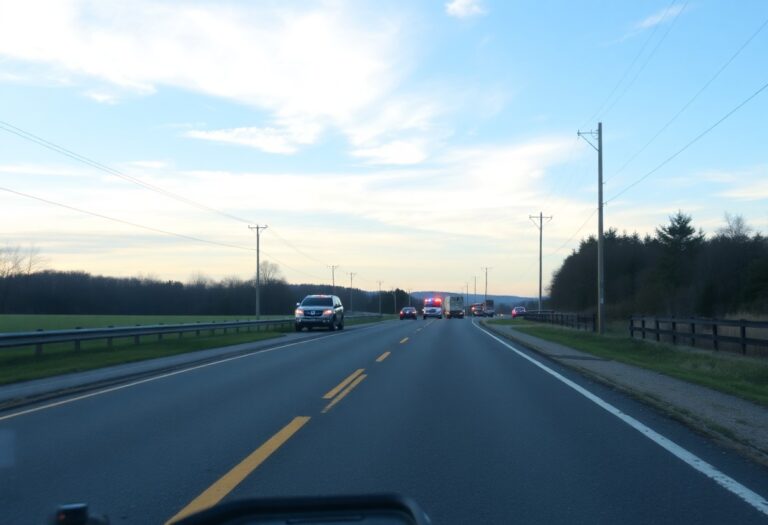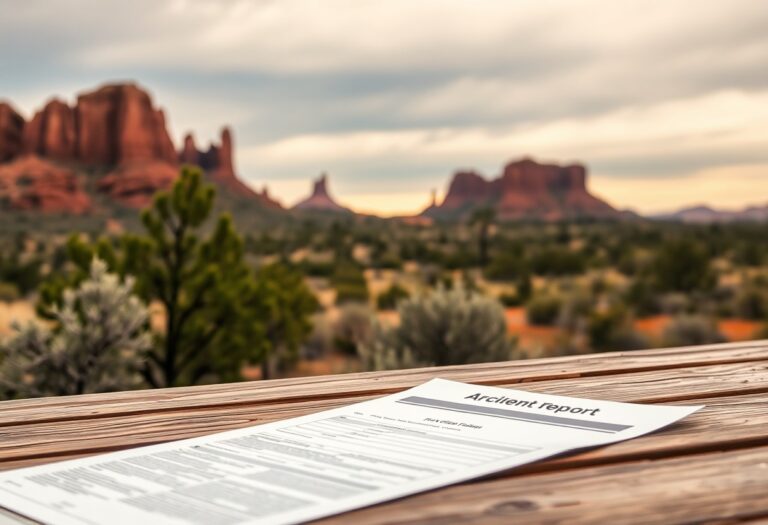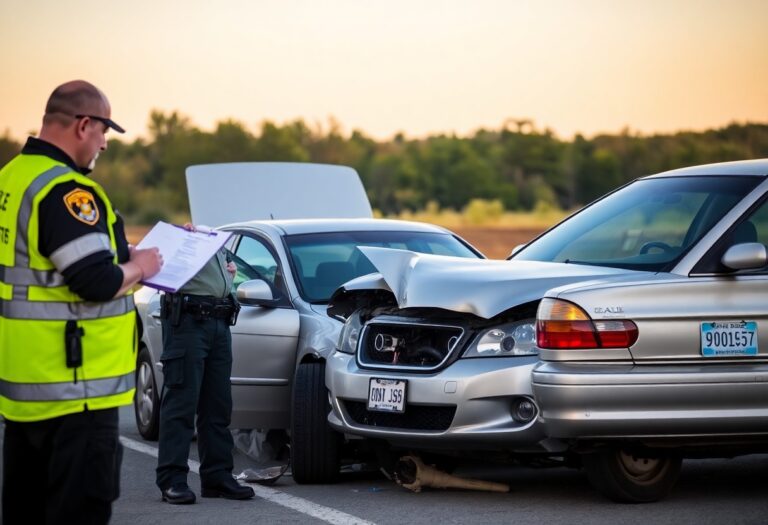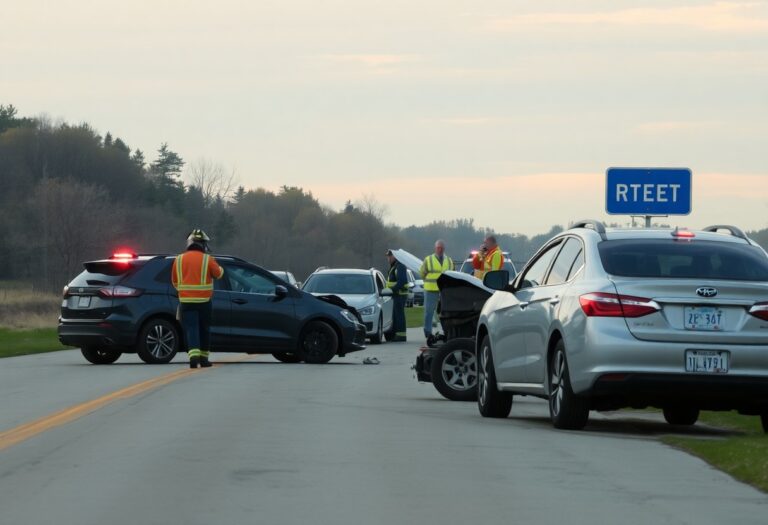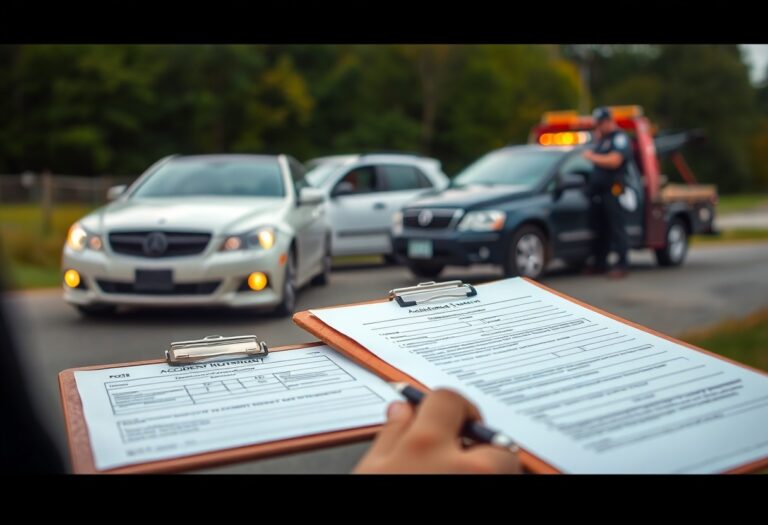Accident reports are vital for protecting your rights and ensuring you receive the necessary support after a car crash. In San Jacinto County, it’s important to know the steps to take immediately following an incident. This guide will walk you through the crucial actions to document the accident properly, file a report with law enforcement, and work with your insurance company, all while prioritizing your safety and legal rights. Following these steps can help you navigate the aftermath of an accident with confidence.
Deciphering the Aftermath: Immediate Steps to Take Post-Accident
The minutes following a car accident are filled with confusion and stress, but taking the right steps can make a significant difference in the aftermath. Start by focusing on your safety and that of any passengers before moving on to gather vital information. Ensuring everyone is out of harm’s way and documenting the scene properly can help you navigate the process of filing reports and, if necessary, pursuing compensation for any damages or injuries sustained.
Assessing Personal Safety and Injuries
Following an accident, check yourself and any passengers for injuries before exiting the vehicle. Look for visible signs of trauma, such as bleeding or difficulty moving, and if anyone is injured, call for medical help immediately. If safe, move your vehicle to a secure location to prevent further accidents, ensuring that all parties involved are accounted for and as comfortable as possible until assistance arrives.
Gathering Critical Information on the Scene
Collecting detailed information at the accident scene is crucial for future insurance claims and legal proceedings. Start by exchanging contact and insurance details with the other driver(s) involved, and take note of their vehicle make, model, and license plate numbers. Document the incident with photos from various angles, capturing the positions of all vehicles, road conditions, and any visible damages.
In addition to gathering personal information, make sure to obtain the names and contact information of any witnesses present at the scene. Their statements can serve as valuable evidence if disputes arise later on. Take detailed notes regarding the accident’s circumstances, including the time, date, weather conditions, and any traffic signs or signals in the vicinity. This thorough documentation can provide a clear narrative of the event, aiding in investigations and claims processing.
Documenting Details: Crafting Your Accident Report
Capturing every detail related to your car accident is fundamental for creating a comprehensive accident report. Begin by writing down the date, time, and location of the accident, as well as the weather conditions at that moment. Include a description of all vehicles involved, noting their make, model, and license plate numbers. Document any witness information and the contact details of other parties involved. Your report should not only contain the factual aspects but also your observations and feelings regarding the incident, offering a complete picture of what transpired.
Key Elements to Include in Your Report
The essence of a robust accident report hinges on precise details. Focus on including the accident date and time, names and contact information of drivers and witnesses, and insurance details. Provide a narrative of how the accident unfolded, describing the sequence of events leading up to the impact. Don’t overlook mentioning any damages sustained by your vehicle or others involved. All these elements work together to create a clear and factual representation of the incident.
How to Use Photographic Evidence Effectively
Photographic evidence can significantly strengthen your accident report and lay out a visual understanding of the scene. Capture multiple angles, including clear images of all vehicles, road conditions, and any damage. Don’t forget to snap pictures of traffic signs, skid marks, and debris, as these details can be pivotal in establishing fault. Organize your photos sequentially to create a storyboard effect, making it easier for insurance adjusters or legal representatives to follow the events of the day.
While taking photographs, ensure you have good lighting and use a steady hand to avoid blurry images. Include close-ups of damages and any important details such as injuries or the position of vehicles post-collision. Using a time-stamped feature on your camera or phone lends credence to the timeline of events. Providing a series of complementary photos allows for a more comprehensive assessment and helps convey the seriousness of the accident, supporting your narrative with solid evidence.
Navigating Insurance Claims: A Tactical Approach
Successfully navigating insurance claims after a car accident requires strategic thinking and attention to detail. Start by gathering all relevant documentation, such as the police report, medical bills, and any evidence from the accident scene. Each of these elements plays a crucial role in building your case and negotiating for a fair settlement. Stay organized, as this efficiency will help streamline your interactions with both your insurer and any other parties involved in the claim process.
Understanding Coverage and Liability
A deep understanding of your coverage and the liability policies can make a significant difference in managing your claim. Review your insurance policy to know what is covered, such as medical expenses, property damage, and lost wages. Knowing whether you have liability coverage can help determine where you stand in relation to the accident. It’s imperative to assess both your policy details and the circumstances surrounding the accident to understand where damages fall and who is responsible for payment.
Tips for Communicating with Insurance Adjusters
Communicating effectively with insurance adjusters can set the tone for your claim process. Always remain professional, clear, and concise in your discussions; this establishes a cooperative atmosphere. Take notes during conversations and summarize points to ensure accuracy. Avoid making recorded statements before you’re fully prepared, as adjusters may use your words against you. Stay aware of deadlines, such as reporting the accident promptly, to avoid any pitfalls that may jeopardize your claim. Perceiving the adjuster’s perspective can also aid in constructive discussion.
- Stay professional in your interactions.
- Keep detailed notes of conversations.
- Avoid recorded statements before you’re ready.
- Be aware of deadlines related to your claim.
Clarifying your stance in conversations with insurance adjusters can facilitate smoother negotiations. Emphasize your understanding of the accident’s details and express your commitment to resolving the claim amicably. Providing thorough documentation and evidence for your claim can strengthen your position. It’s beneficial to ask questions if you don’t understand something—it shows your engagement and can help clear up confusion. Perceiving their process helps forge a better working relationship.
- Express thorough engagement in discussions.
- Provide documentation to back your claims.
- Ask clarifying questions when needed.
- Maintain a good working relationship.
Legal Considerations: When to Seek Professional Guidance
Identifying the right moment to engage a legal expert can significantly impact the outcome of your case. If the accident resulted in serious injuries, substantial property damage, or involved multiple parties, seeking professional guidance is advisable. Even if your situation seems straightforward, complexities can arise, such as navigating insurance claims or state laws. Engaging an attorney early on ensures you are prepared for any potential disputes or negotiations, safeguarding your rights and interests.
Recognizing Complexities in Your Case
Your accident may not be as simple as it appears. Factors such as multiple liable parties, insurance policy limitations, and varying state laws can complicate your case significantly. If your recovery involves long-term medical treatment or if there’s a question of fault, you could face challenges that warrant experienced legal insight. A qualified attorney can help clarify these complexities, guiding you through the intricate legal landscape.
How to Choose the Right Legal Representation
Selecting the appropriate legal representation can make a profound difference in your case outcome. Look for an attorney who specializes in personal injury law and has experience with car accidents similar to yours. Consider their track record in securing favorable settlements or verdicts, and read client testimonials to gauge their reliability. An initial consultation can help you assess their communication style and approach to your unique situation.
When evaluating legal representation, prioritize attorneys with a strong track record in car accident cases, particularly those similar to yours. Look for a lawyer who values client relationships, demonstrating their commitment through timely communication and responsiveness to your concerns. Additionally, consider their understanding of the local laws and court systems, as this can greatly influence your case’s handling. Don’t hesitate to ask about their fee structure and any potential additional costs, ensuring you have a clear understanding of your financial obligations before moving forward.
Building a Strong Case: Evidence and Witnesses
Creating a robust case following a car accident hinges on gathering compelling evidence and reliable witness accounts. Each piece of information you collect can influence the determination of fault and the compensation you receive. Photographs of the accident scene, vehicle damages, and relevant road conditions serve as vital components of your documentation. Additionally, persuading witnesses to share their observations adds another layer of credibility to your claims, enhancing the overall strength of your case.
The Importance of Witness Statements
Witness statements can significantly bolster your claims by providing unbiased accounts of the incident. Their objective observations help reconstruct the events leading up to the accident, making it easier for insurance companies or courts to determine liability. Obtaining contact information and written statements from witnesses will support your narrative and can be influential during negotiations.
Compiling Evidence for Strengthened Claims
Compiling evidence not only establishes the circumstances of the accident but also reinforces your position in any ensuing legal or insurance discussions. Collect necessary documents, such as police reports, medical records, and repair estimates. If available, video footage from nearby cameras can provide irrefutable facts about the accident. You’ve got power in details, so ensure that your collected evidence paints a complete picture—this could be the difference between a successful claim and a rejected one.
Incorporating various types of evidence strengthens your claim significantly. For instance, photographs taken immediately after the accident may show traffic signals, vehicle placements, and road damage that inform your case’s context. A police report can often contain critical information about the incident, including officer observations and citations issued at the scene. Medical records illustrating your injuries create a clear link between the accident and any ongoing expenses, while repair estimates provide insight into property damage. Compiling this diverse range of evidence allows you to present a well-rounded case, increasing the likelihood of a favorable outcome in insurance negotiations or legal proceedings.
Final Words
The process of filing a car accident report in San Jacinto County, Texas, can be straightforward if you follow the step-by-step guidance provided. By staying organized, gathering all necessary information, and understanding your rights and responsibilities, you can ensure that your report is accurate and complete. Your timely attention to detail will not only help in the resolution of your case but also protect your interests moving forward. Rely on this information as a reliable resource to navigate the reporting process efficiently.








